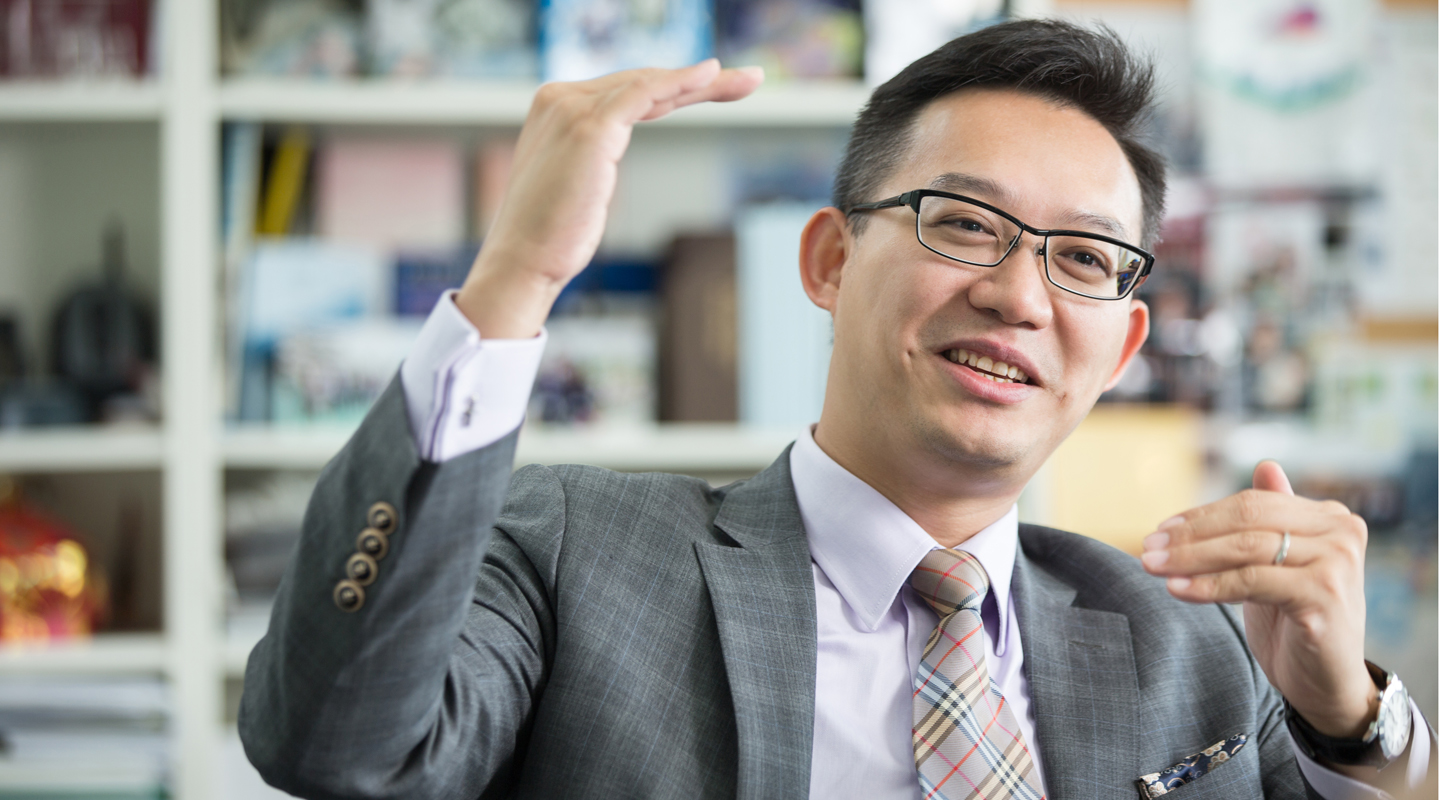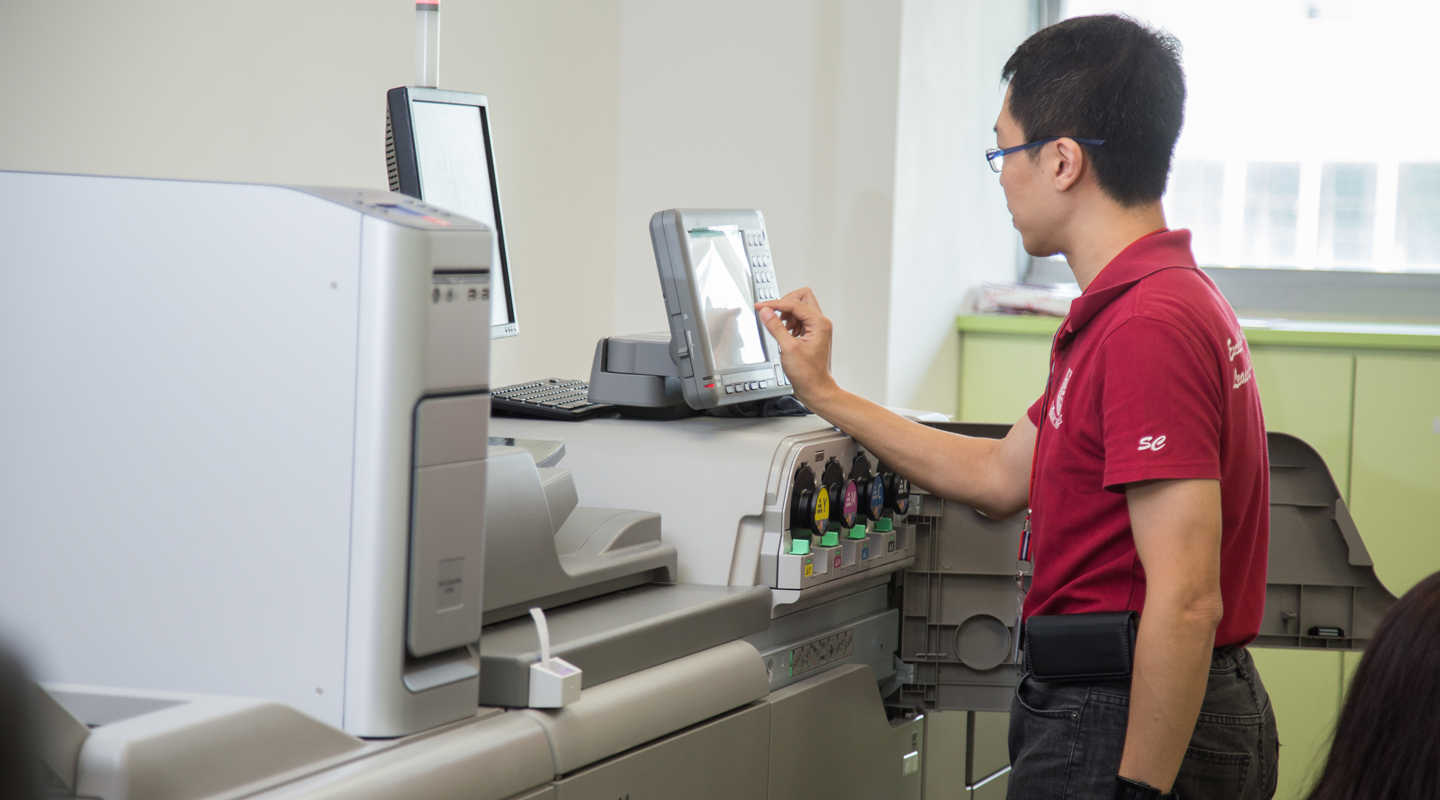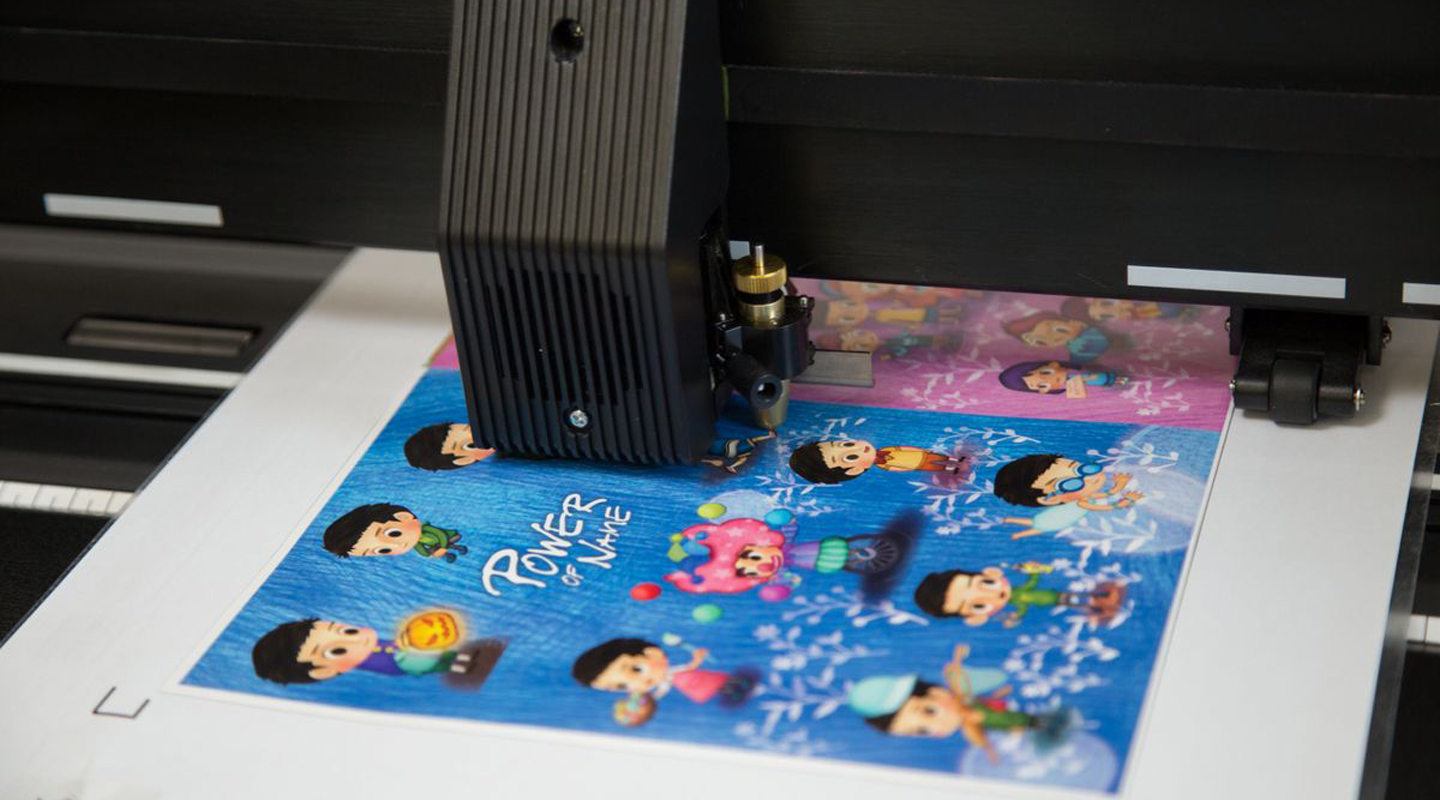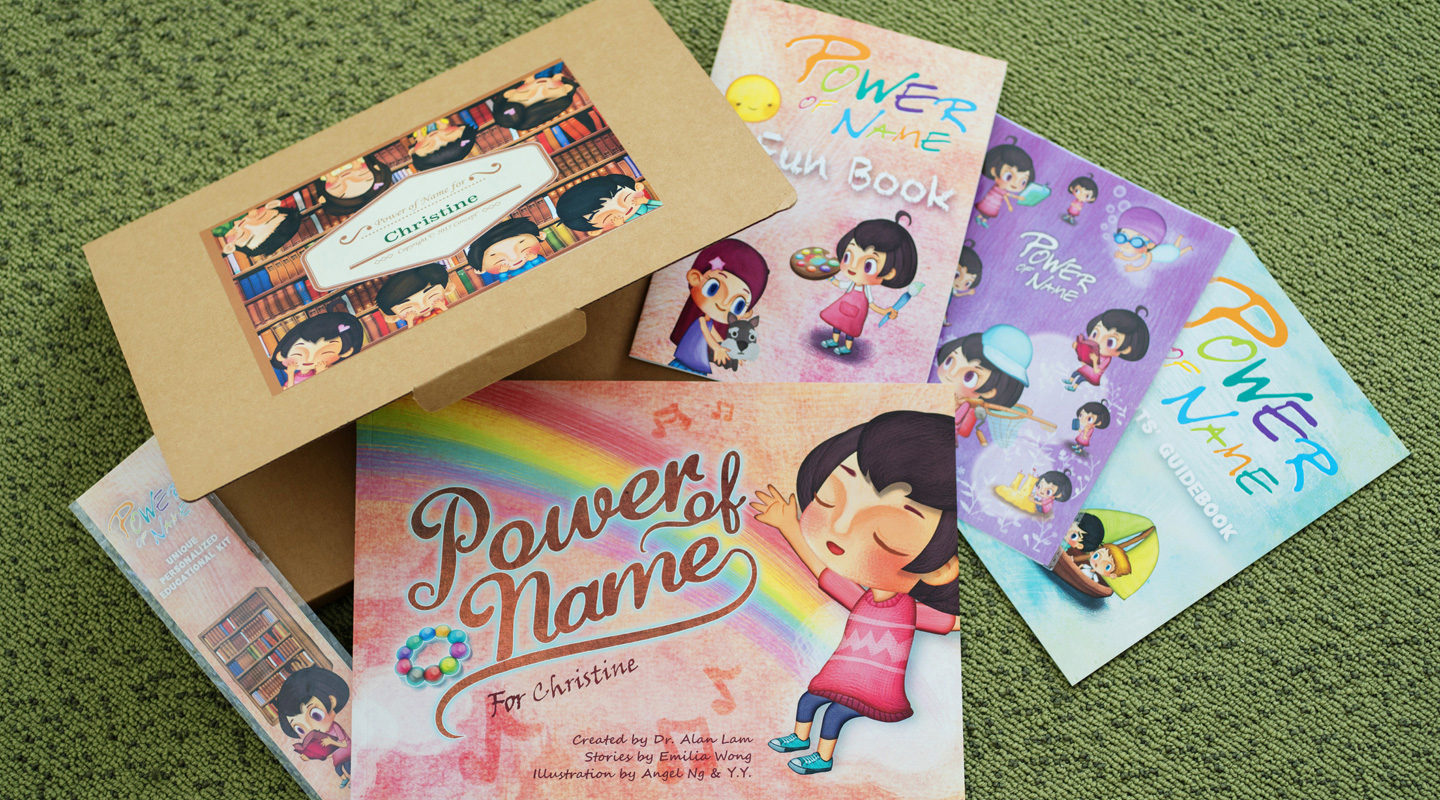Dear readers, With the launch of e-newsletter CUHK in Focus, CUHKUPDates has retired and this site will no longer be updated. To stay abreast of the University’s latest news, please go to https://focus.cuhk.edu.hk. Thank you.
Alan's Unique Stories: An engineering alumnus's revolutionary take on publishing
The 38-year-old tells how he plunged straight into business immediately after obtaining his engineering doctorate, and why he is moving out of his comfort zone again to make personalized children's storybooks.

Is it normal or is it extraordinary for a 38-year-old to own two companies and one restaurant in a single building at Science Park? Are we treated to some Silicon Valley success story? These were our thoughts when we entered Sengital, Mr. Alan Lam's technology company. Pale yellow partitions defined the workstations of some lanky men in their 20s each glued to at least two computers on their desks.
‘Were you like them when studying engineering at CUHK, that...’
‘Nerdy,’ Alan completed the sentence. ‘I was in the library if I were not in the lab. Every day.’
Alan has never worked for others but himself. After graduating from the Department of Mechanical and Automation Engineering at CUHK, he stayed on for an MPhil, then a PhD. His doctoral research was in motion sensing. He invented the virtual keyboard and mouse.
Before completing his PhD, the Faculty of Engineering recommended him to take part in an electronic exhibition, which got him to know Prof. Hugh Thomas from the Faculty of Business Administration who encouraged him to enter an entrepreneurship competition.
‘I knew nothing about it. So I shut myself up for a whole month to write the proposal. I got the first prize, and realized that setting up one's business was also an option.’
The Alan we saw was friendly and brimming with confidence. His positive vocabulary bespoke positive thinking. He did not regard himself as a born entrepreneur. He just let things take their natural course. ‘My life orbits around the education of CUHK. A professor told me to go for a competition. I did and won the first prize. Then another. Life is full of opportunities. I just took them when they came.’
His first million was made from the motion sensor inside the game console. ‘If you have played Wii or PS3, you have used my motion sensor.’
Even before the question was put to him, he answered, ‘I have actually lost interest in the game console business. I have collected enough trophies and should really put them aside. My goal this year is to get a literary prize, a children literature prize.’
So he led us out of Sengital to the corridor. Through another glass door, we came into an office with brighter colours and hand-painted illustrations on the wall. It was different from the Sengital office, not least because of the presence of female workers.
This was the dream company recently set up by Alan. It has nothing to do with electronics and makes customized children's storybooks.
Alan demonstrated how a storybook was customized with the name of this writer. She chose from the company's website a cartoon visage resembling her own. A server at the end of the office then started to work by shuffling 3,000 components to arrive at a unique permutation of the story plot out of a possible of one thousand million.

The story was then sent from the server to a high-speed digital printer four metres long. In an instant the pages, the cover and the stickers were printed. The stickers were cut with laser beam and the pages were formatted with an optical device. Putting the cover on, the whole process was completed within five minutes. The writer got her A4-size, 1-cm-thick, elaborately decorated storybook of her own.
The writer and the protagonist of the story share the same name. Each letter in the name stands for a magical device that guides the protagonist to learn of the different virtues such as appreciation of nature, caring for the old, etc.
Alan told the writer that the story so generated was uniquely hers. ‘Even if someone has the same name, she would get an entirely different story.’

The new venture will revolutionize the traditional publishing industry. ‘Traditional book publishing involves writers, printers, publishers, distributors and retailers. I am all in one—my story, my printing, my publishing and distributing. I don't need to have a warehouse for the backlist. It used to be the agent paid the supplier; now I pay the agent.’
Revolution in business model means leaving his comfort zone again? ‘I have to deal with the writers, artists, painters, illustrators. I did not have any manufacturing or branding experience before. Never had to use agents. And for the first time I am planning to publicly list my company. All these began with zero.’

Alan's dream is to bring a positive value system to the young with the personalized stories. ‘I make them the protagonists of the stories. They read from the stories someone with the same name and resembling them doing good deeds. They would project them back onto themselves and feel that those virtues in the books are part of their own nature. Isn't this education at its most powerful?’
Alan sets himself no boundary and traverses research, business, literary creation and publishing. He does not see work as it is but rather regards it as a way of living a fulfilled life. He himself is a shining example to the young.
Reported by Christine N., ISO
Photos by Keith Hiro
This article was originally published on CUHK Homepage in Aug 2015.